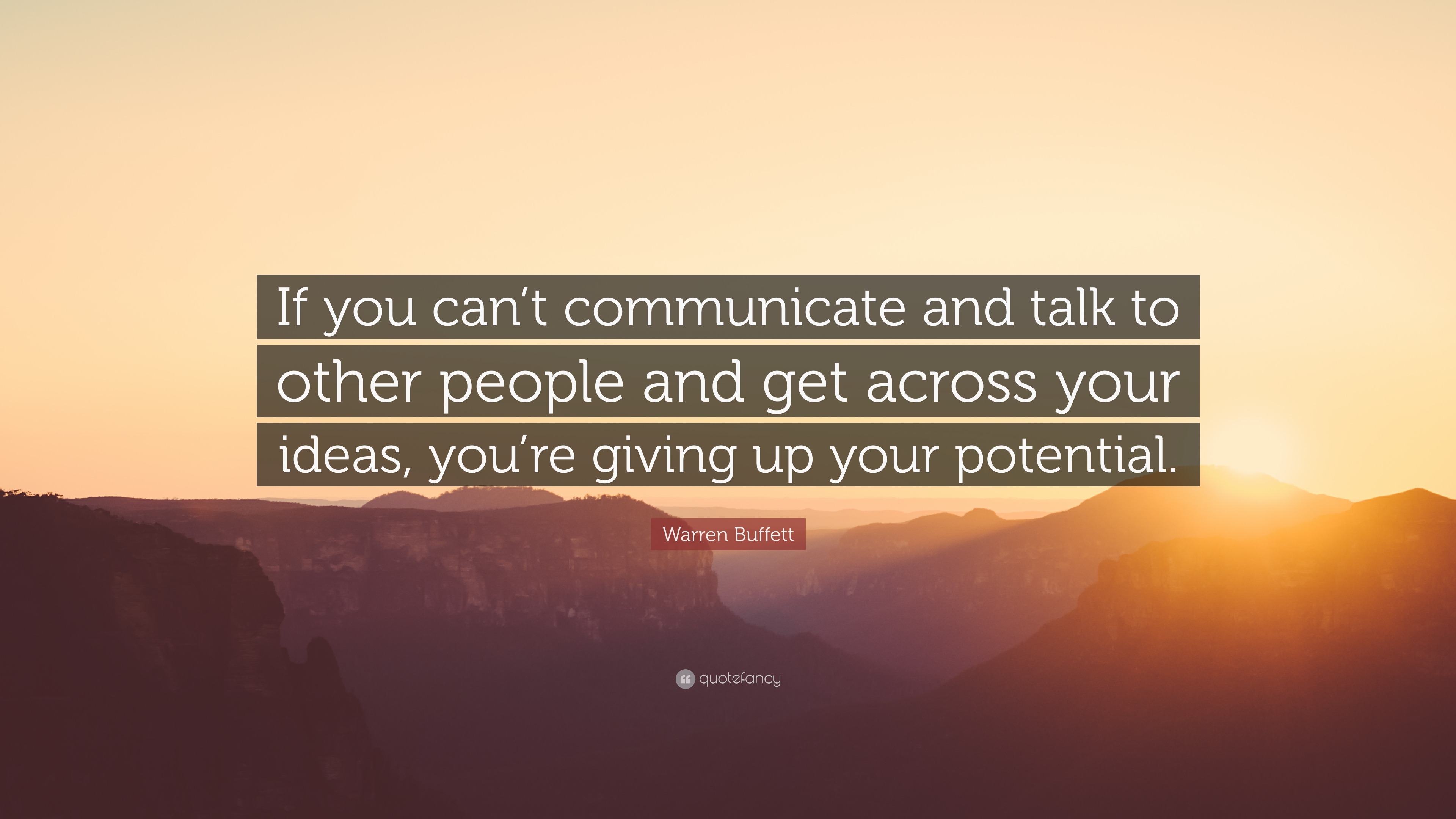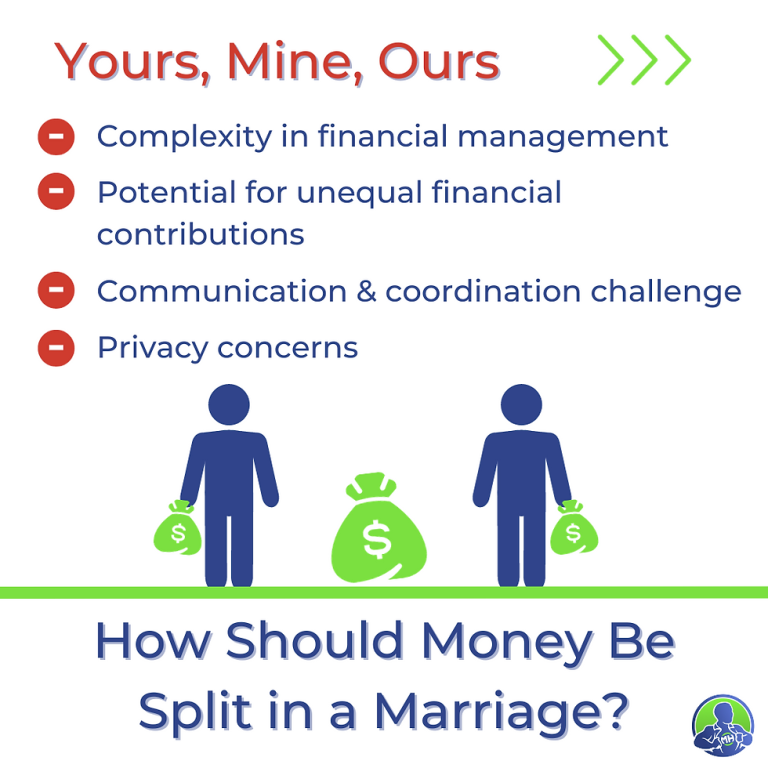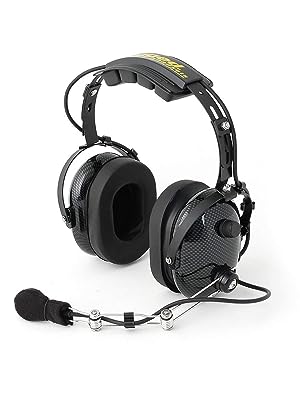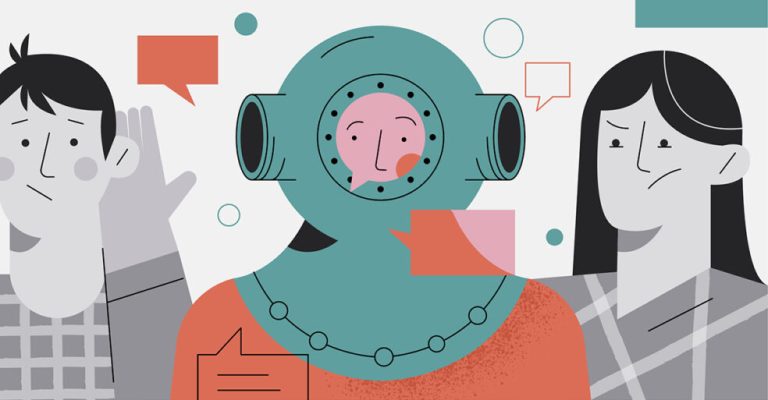How to Communicate When You Can’t Speak
When unable to speak, try using written notes, text-to-speech apps, or sign language. Non-verbal cues can also help convey messages effectively.
When you cannot speak verbally, it can be challenging to communicate your thoughts and feelings. However, with alternative methods such as written communication or sign language, you can effectively express yourself. This article explores various strategies for communicating when you are unable to speak, providing tips and techniques to help you effectively convey your message.
By utilizing these alternative communication methods, you can ensure that your voice is still heard, even when you cannot speak verbally.

Credit: www.englishadam.com
Non-verbal Communication
Non-verbal communication plays a crucial role in human interaction, especially when one is unable to speak. Its significance lies in the ability to convey emotions, thoughts, and messages without the need for words. Understanding and utilizing non-verbal cues can greatly enhance communication in various scenarios. Here’s how different aspects of non-verbal communication, such as body language and facial expressions, can help individuals effectively convey their thoughts and feelings without speaking.
Body Language
Body language encompasses various gestures, postures, and movements, all of which can communicate nuanced messages. When verbal communication is not an option, body language becomes the primary means of expression. For instance, crossing arms may imply defensiveness, while leaning in can signal interest and engagement.
Facial Expressions
Facial expressions are a powerful form of non-verbal communication. The slightest change in the expression can convey emotions, intentions, and reactions. A smile can indicate friendliness, while furrowed brows might signify concern or confusion.

Credit: visual.ly
Written Communication
When you find yourself unable to verbally communicate, written communication can be an invaluable tool. Whether you’re dealing with a temporary condition such as laryngitis or a more permanent challenge like speech impediment or deafness, written communication provides an effective means to convey your thoughts and ideas. In this post, we’ll explore how you can leverage various methods of written communication to effectively convey your message when you can’t speak.
Text Messages
Sending text messages is a quick and convenient way to communicate when speech is not an option. If you are unable to speak, you can simply type out your message on your mobile device and send it to the recipient. Text messages allow for short, direct communication, making them ideal for conveying simple messages or requests.
Emails
Sending emails provides a more formal and detailed method of written communication. When you are unable to speak, composing an email allows you to carefully craft your message, providing the recipient with a clear and well-structured communication. Unlike text messages, emails allow for more in-depth discussions and the attachment of files or documents as needed.
Visual Communication
Visual communication is a powerful tool that allows individuals to express themselves when they are unable to speak. In situations where verbal communication is not possible, visual communication methods such as sign language and gestures can bridge the gap and enable effective interaction. In this section, we will explore two forms of visual communication: Sign Language and Gesture.
Sign Language
Sign language is a rich and complex visual language used by the Deaf community and individuals with hearing impairments. It involves the use of hand shapes, facial expressions, and body movements to convey meaning. Sign language varies from country to country, with each having its own unique system.
Here are some key points to remember about sign language:
- Sign language is a complete language with its own grammar and syntax.
- It allows individuals to communicate effectively with others who understand sign language.
- Learning sign language can be beneficial not only for individuals with hearing impairments but also for those who interact with them.
Gesture
Gestures are a universal form of nonverbal communication that can be understood across different cultures. They involve using body movements, hand gestures, and facial expressions to convey messages and emotions. Gestures are particularly useful in situations where spoken language is not an option.
Here are some examples of common gestures and their meanings:
| Gestures | Meanings |
|---|---|
| Thumbs up | Approval or agreement |
| Shaking head | Disapproval or disagreement |
| Pointing | Indicating direction or object |
| Waving | Greeting or farewell |
By using gestures appropriately, individuals can effectively convey their intentions and emotions without the need for spoken words.
Technology Aids
Discover the latest communication technology aids for individuals who are unable to speak. With innovative devices and apps, non-verbal individuals can now effectively and easily communicate their thoughts and needs, bringing newfound independence and inclusion into their lives.
Technology Aids When verbal communication isn’t an option, technology can play a vital role in aiding communication. Speech-to-Text Apps offer a convenient way to convert spoken words into text, enabling individuals to convey their messages effectively. Communication Boards provide a visual alternative, allowing users to point or select symbols to express their thoughts and needs. Let’s explore these technology aids in more detail. Speech-to-Text Apps Speech-to-Text Apps are digital tools that transcribe spoken words into written text in real-time. They are useful for individuals who have difficulty speaking or are non-verbal. These apps help bridge the communication gap by allowing users to type or display their messages clearly. Some popular Speech-to-Text Apps include Google Live Transcribe, Dragon NaturallySpeaking, and Otter.ai. Communication Boards Communication Boards, also known as AAC (Augmentative and Alternative Communication) devices, are visual aids that display symbols, pictures, or words to facilitate communication. Users can point to specific symbols or images to convey their thoughts, needs, or emotions. These boards can be physical, digital, or app-based, providing a versatile communication solution for individuals with speech impairments or language barriers. In conclusion, Technology Aids such as Speech-to-Text Apps and Communication Boards empower individuals who can’t speak to communicate effectively and express themselves, enhancing their ability to engage with others and participate in daily interactions.Alternative Communication Methods
When verbal communication is not possible, there are alternative communication methods that can be used to express thoughts, feelings, and needs. These methods are especially crucial for individuals with speech impairments, non-verbal individuals, or those with conditions such as autism or cerebral palsy. Alternative communication methods provide avenues for effective interaction and expression, fostering greater independence and engagement.
Symbols And Pictures
Utilizing symbols and pictures can be an effective way to communicate when speech is not an option. Many individuals use a system known as Picture Exchange Communication System (PECS), involving the use of picture cards to express their needs and desires. These visual aids provide a means of communicating effectively, particularly for those who may struggle with verbal language. The use of symbols and pictures encourages self-expression and fosters understanding between individuals.
Augmentative And Alternative Communication (aac)
For those who require more advanced methods of communication, augmentative and alternative communication (AAC) offers a range of tools and strategies to facilitate effective interaction. AAC encompasses a variety of techniques including sign language, communication boards, and electronic devices equipped with speech-generating software. These resources enable individuals to convey their thoughts, feelings, and ideas in diverse settings, thus enhancing their ability to engage in meaningful communication and social interactions.

Credit: quotefancy.com
Frequently Asked Questions On How To Communicate When You Can’t Speak
How Do You Communicate With A Nonverbal Person?
To communicate with a nonverbal person, you can use alternative methods like gestures, sign language, pictures, or technology-assisted communication devices. These tools can help bridge the communication gap and ensure effective interaction.
How Do You Communicate With A Patient Who Is Unable To Speak?
To communicate with a patient who can’t speak, use gestures, writing tools, or communication boards. Maintain eye contact, be patient, and encourage non-verbal responses. It’s important to listen attentively and show empathy towards their needs and feelings.
How Do You Communicate When You’re Mute?
Mute individuals can use alternative communication methods, such as sign language, writing, or using assistive technology like text-to-speech apps, communication boards, or devices. These methods allow them to express their thoughts, ideas, and needs effectively, ensuring smooth communication interactions.
How Do People Communicate Without A Voice?
People can communicate without a voice using sign language, gestures, writing, or communication devices.
Conclusion
To communicate effectively when speech is not an option, one must embrace alternative methods. Body language, gestures, and even technology can bridge the gap and ensure meaningful connections. By being adaptable, patient, and open-minded, we can overcome the barriers that language may present.
Let us remember that communication goes beyond just words, and with creativity and empathy, we can truly connect with others, making meaningful connections and fostering understanding in any situation.





